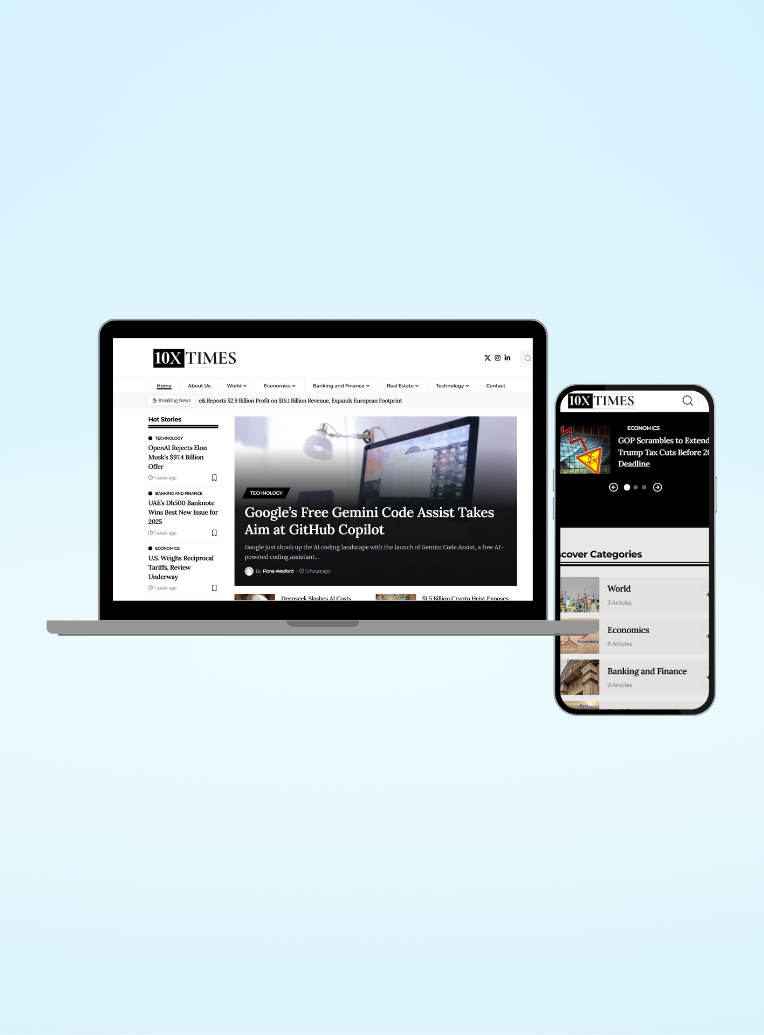New quotas will limit imports of steel into the EU by 15% from 1 APRIL. And it continues a push in the European Union to protect its domestic steel industry from a potential flood of imports after the new tariffs were enacted by the United States.
More International Competition and American Tariffs
The move is a direct response to concerns that US steel that is diverted will undercut the European market. The Trump administration’s 25 percent tariff on imported steel has already upended trade flows globally, forcing producers from Canada, India, China and elsewhere to look for new markets. Steel producers in Europe, already battered by high energy prices and competition from Asia, worry that a flood of cheap steel would cripple their operations.
“With no one respecting WTO (World Trade Organization) rules and everyone citing national security … we cannot be the only continent of industry that allows its industry to crumble,” the European Commission Executive Vice-President Stephane Sejourne said. He has also spoken of the need for the EU to shield its industrial base against a gathering global trade war.
Thyssenkrupp’s chief executive said that the United States imported roughly 23 million metric tons of steel last year — volumes that were in search of new homes after the tariffs. This deluge represents a significant threat to European steel producers.
New Import Quotas and Safeguard Measures
The European Commission will propose a slate of trade measures as part of a European Steel and Metals Action Plan. The centrepiece of this proposal is a reduction in import quotas, or safeguards, for various tiers of steel into the world market. The quotas will become tighter as of April 1, which will cut steel imports by around 15%!
Under the current regime, imports are duty free within the volume of quotas, reflecting historical trading patterns, both from the EU’s own member states and free trade partners, but a charge of 25% is applied to all over-quota steel imports. Aggregate quota volumes increased by over 25% by July 2019 as per World Trade Organisation (WTO) commitments. EU steel imports for 2024 were about 60 million metric tons, of which 30 million tons were imported under the quota at zero tariffs.
New measures will enter into force in Q3 2025 as a substitute of the current reinforced safeguards, which cannot avail of an extension beyond 30 June 2026 under WTO rules, the Commission also announced. The new mechanism would be far stricter than what the industry had demanded, Sejourne said. These have yet to be fully developed measures.
The Strategic Context of European Steel Production
The EU is making a strong point about the strategic importance of maintaining domestic production of steel. We must not end up, as we did for Russian gas, dependent on steel imports, Sejourne insisted. “Today’s steel shouldn’t be tomorrow’s gas,” he added.
The EU itself has also been keen to promote its own military industrial complex as a follow-up from the Ukraine war — and mainly focused on steel production again. One of the important products used in defence manufacturing is steel.
Background, Supportive Actions and Way Forward
The Commission will seek to revise public procurement rules to Favor European steel in 2026 to strengthen the European steel industry. Additionally, an “melt and pour” rule will be established to prevent importers from altering the origin of metal through minor transformation.
There are also non-trade measures they are considering. A pilot scheme is in place with the European Investment Bank to preferentially guarantee multidecade power contracts for steel and aluminium producers, details due in Q2 2025.
It is considering accelerating an investigation into protections for aluminium producers, who face similar challenges to the steel industry.
“We want our steel to stay in Europe and we want to recycle in Europe,” Sejourne said. “It’s a strategic issue. Without defence industry, no steel, without automobiles, without coal — we want to retain our industries.






